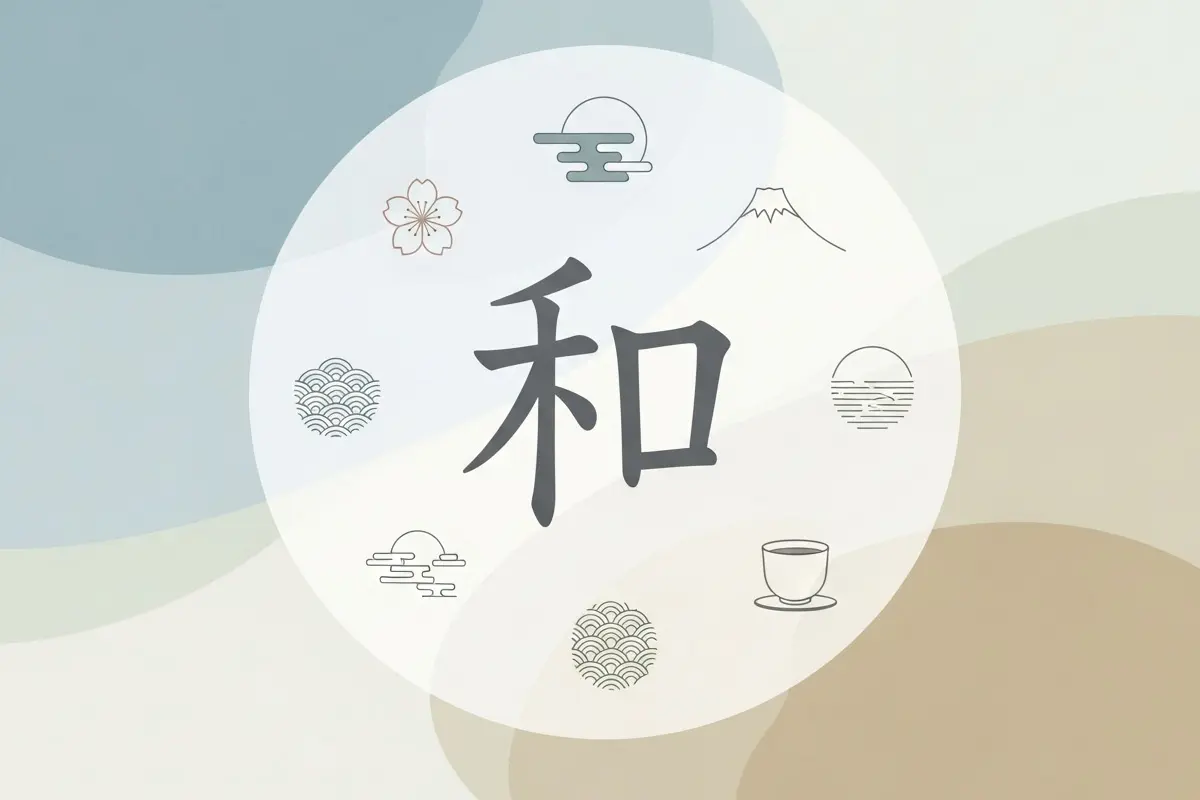
TL;DR — Quick Summary
- The word “and” in Chinese characters is most commonly written as 和 (hé).
- Other forms include 与 (yǔ) and 跟 (gēn) — each has unique grammar and tone.
- 和 is informal and used for nouns, 与 is formal and literary, 跟 is conversational.
- Unlike English, Mandarin Chinese doesn’t use “and” to link verbs or sentences freely.
- Understanding context determines which character sounds most natural.
What Is “And” in Chinese Characters?
The Mandarin Chinese equivalent of “and” depends on what you’re connecting — people, objects, or actions.
The most common translation of “and” in Chinese characters is 和 (hé), pronounced with a rising tone.
For example:
- 我 和 你 (wǒ hé nǐ) → You and I
- 茶 和 咖啡 (chá hé kāfēi) → Tea and coffee
This character 和 symbolizes harmony and connection, reflecting Chinese cultural values of balance and cooperation — a subtle layer of meaning not found in the English word and.
Understanding 和 (hé), 与 (yǔ), and 跟 (gēn)
Each of these three characters translates to “and,” but they differ by formality, tone, and usage in Mandarin Chinese grammar.
| Character | Pinyin | Usage Context | Example | Translation |
|---|---|---|---|---|
| 和 | hé | Everyday, neutral, used to link nouns | 我和朋友去看电影。 | I went to the movies with a friend. |
| 与 | yǔ | Formal or literary, common in writing | 爱与和平。 | Love and peace. |
| 跟 | gēn | Conversational, means “and/with” in speech | 我跟你说。 | I’m talking to you. |
🧠 Tip:
Think of 和 as universal, 与 for news or formal writing, and 跟 for chatting with friends.
How to Write “And” in Chinese Characters
Writing these characters helps reinforce recognition and memory:
- 和 (hé) → written with 8 strokes, the left side radical “口” means mouth, symbolizing communication.
- 与 (yǔ) → 3 strokes, simpler and elegant, common in written Chinese.
- 跟 (gēn) → 13 strokes, includes the “足” (foot) radical, implying movement or following — fitting since 跟 also means “to follow.”
If you’re a beginner learning Chinese characters, start by practicing 和 daily; it appears in thousands of sentences.
When to Use 和 (hé)
和 is the most common form of “and” and connects nouns only, never verbs or clauses.
✅ Correct: 我喜欢猫 和 狗。(I like cats and dogs.)
❌ Incorrect: 我喜欢唱歌 和 跳舞。
Instead, say: 我喜欢唱歌,也喜欢跳舞。(I like singing and also dancing.)
和 works perfectly for linking objects or people but not for joining ideas or actions.
When to Use 与 (yǔ)
与 (yǔ) is formal, often appearing in books, contracts, speeches, and classical Chinese.
Examples:
- 时间 与 空间 (shíjiān yǔ kōngjiān) → Time and space
- 法律 与 道德 (fǎlǜ yǔ dàodé) → Law and morality
Using 与 adds elegance to writing — perfect for essays, news, and formal events.
It’s less likely used in daily talk, where 和 sounds more natural.
When to Use 跟 (gēn)
跟 (gēn) carries a more personal tone. It can mean and or with, depending on the sentence.
Examples:
- 我 跟 他 一起吃饭。(I ate with him.)
- 她 跟 妹妹 去商店。(She went to the store with her sister.)
Notice how 跟 often pairs with 一起 (together) to describe joint action.
In spoken Mandarin, using 跟 adds warmth and informality.
Cultural Insight: 和 Means More Than “And”
Chinese culture deeply associates 和 with harmony — a concept called héxié (和谐), meaning peaceful coexistence.
Even in idioms and sayings, 和 symbolizes unity:
- 家和万事兴 (jiā hé wàn shì xīng) → When the family is harmonious, all goes well.
- 以和为贵 (yǐ hé wéi guì) → Harmony is the most valuable thing.
So when you say “我和你” (you and I), it’s not just grammatical — it reflects the cultural ideal of connection.
How to Say “And” in Different Contexts
Here’s how native speakers naturally express “and” in varying situations:
| English Meaning | Chinese Sentence | Literal Meaning |
|---|---|---|
| Bread and butter | 面包 和 黄油 | Bread and butter |
| You and me | 你 和 我 | You and I |
| Love and peace | 爱 与 和平 | Love and peace |
| Talk with you | 跟 你 聊天 | Chat with you |
This table shows how 和, 与, and 跟 flexibly adapt based on context and tone.
Common Mistakes Learners Make
-
Using 和 to connect verbs
和 never joins verbs or adjectives. Use 也 (also) or 而且 (and also) instead. -
Mixing 与 and 跟 interchangeably
They both mean “and,” but 与 is written/formal, 跟 is spoken/informal. -
Forgetting tone marks
和 (hé) is second tone — rising; avoid pronouncing it as “huò” or “hàn,” which are rare alternate readings. -
Literal translation trap
English “and” connects almost anything. Chinese relies more on context and structure.
FAQs About “And” in Chinese Characters
What is the most common way to say “and” in Chinese?
The most common is 和 (hé), used to link nouns or people in daily conversation.
Can I use 和 between two verbs?
No. Use 也 (yě) or 并且 (bìngqiě) instead.
Example: 我喜欢唱歌,也喜欢跳舞。(I like singing and also dancing.)
Is 与 still used in modern Chinese?
Yes, but mostly in writing, media, or formal speech. It sounds polite and intellectual.
Is 跟 the same as 和?
They both mean “and,” but 跟 is more colloquial. 和 fits all contexts, while 跟 adds a casual, friendly tone.
Are there other ways to express “and”?
Yes — you can use 及 (jí) in formal documents or lists, similar to “as well as.”
Example: 学生 及 教师 (students and teachers).
Learn “And” Through Examples
Let’s practice through short, everyday phrases:
- 我 和 妈妈 一起做饭。(I cook with my mom.)
- 友谊 与 爱情 一样珍贵。(Friendship and love are equally precious.)
- 我 跟 同事 去旅行。(I traveled with my colleague.)
Try writing each sentence three times — it helps reinforce both character memory and tone pronunciation.